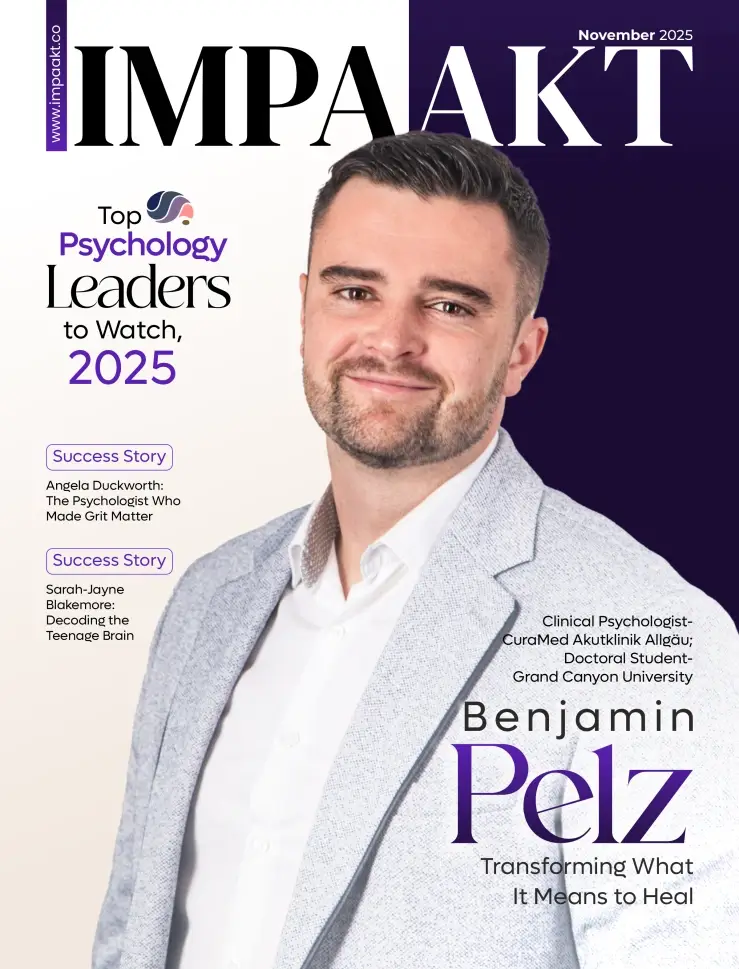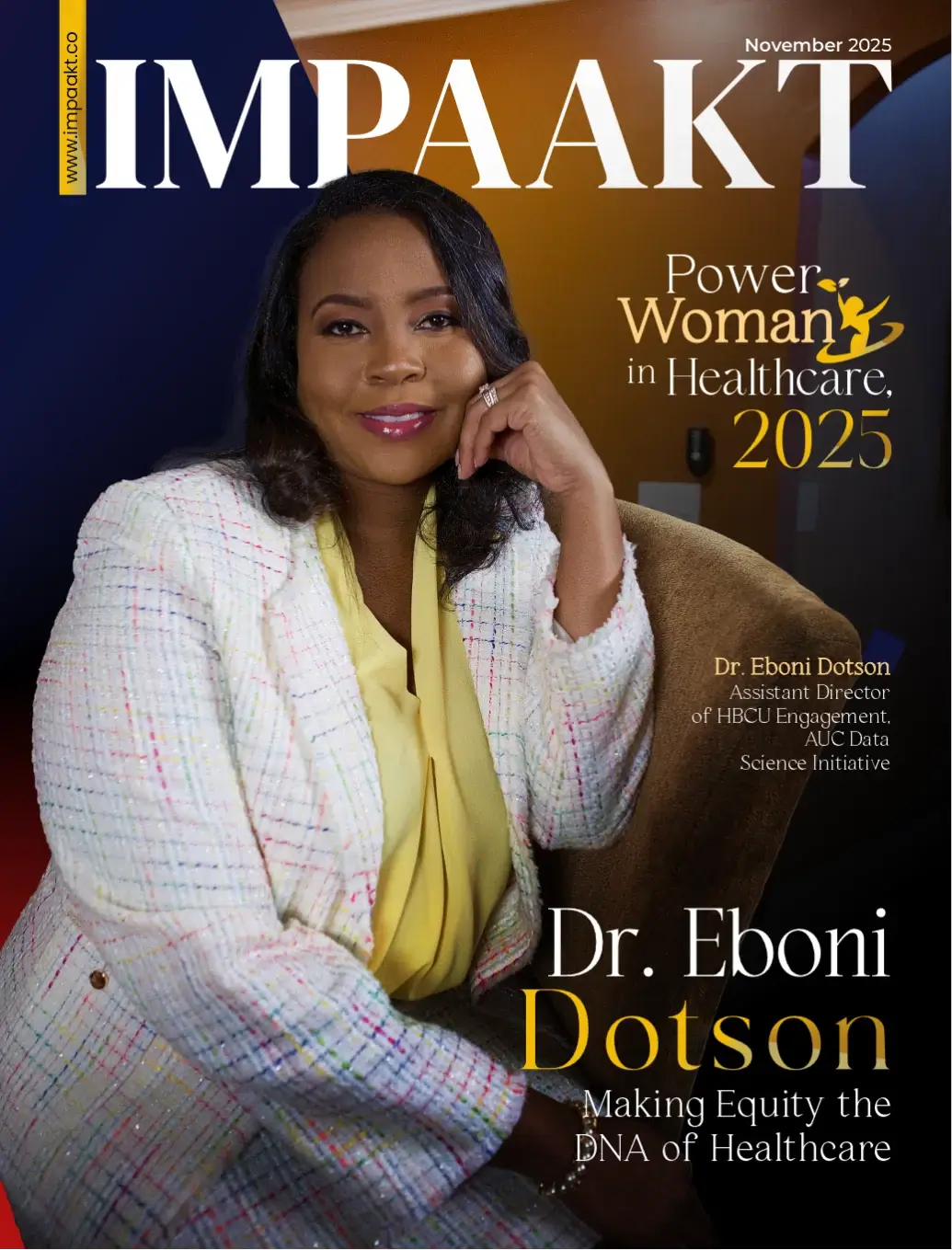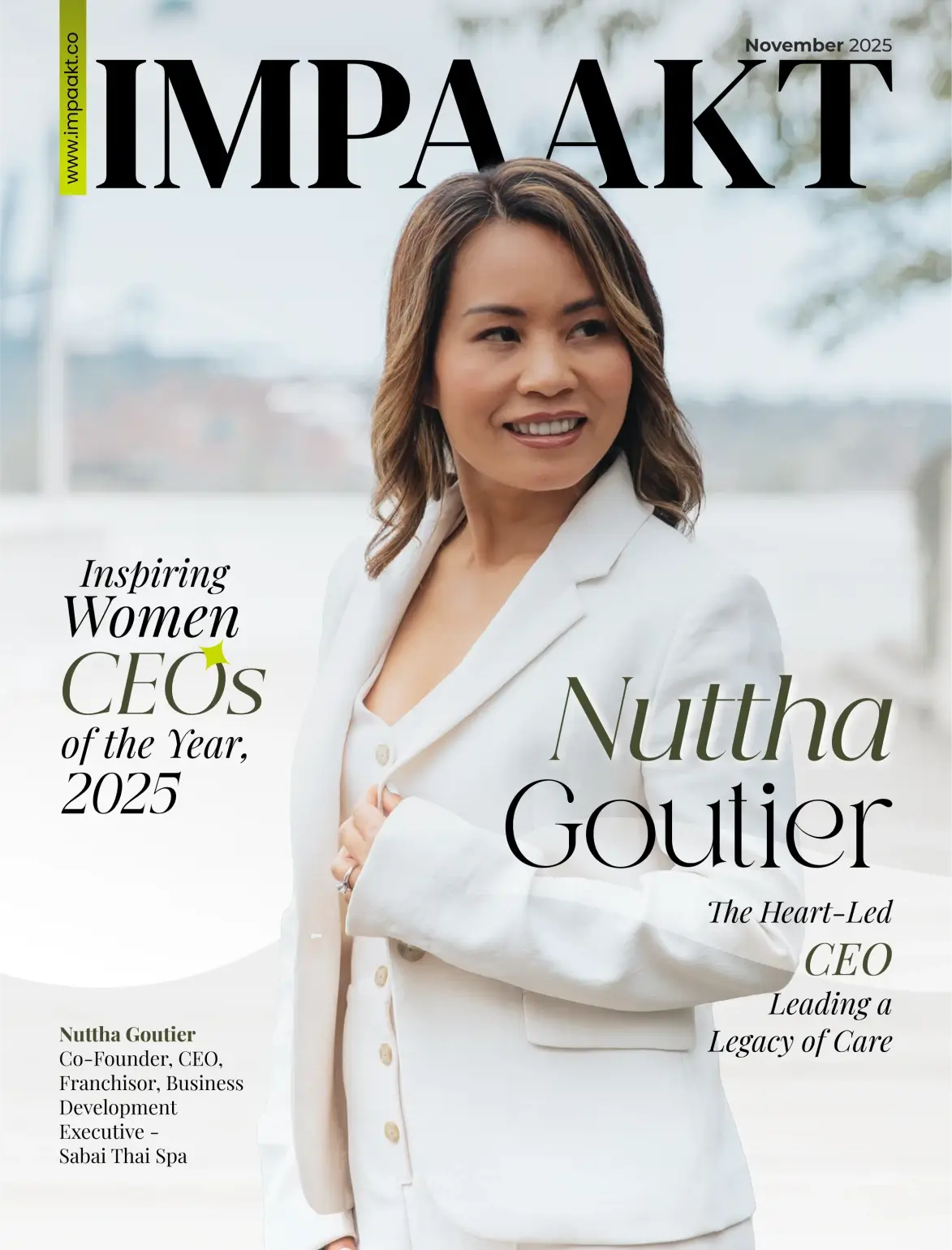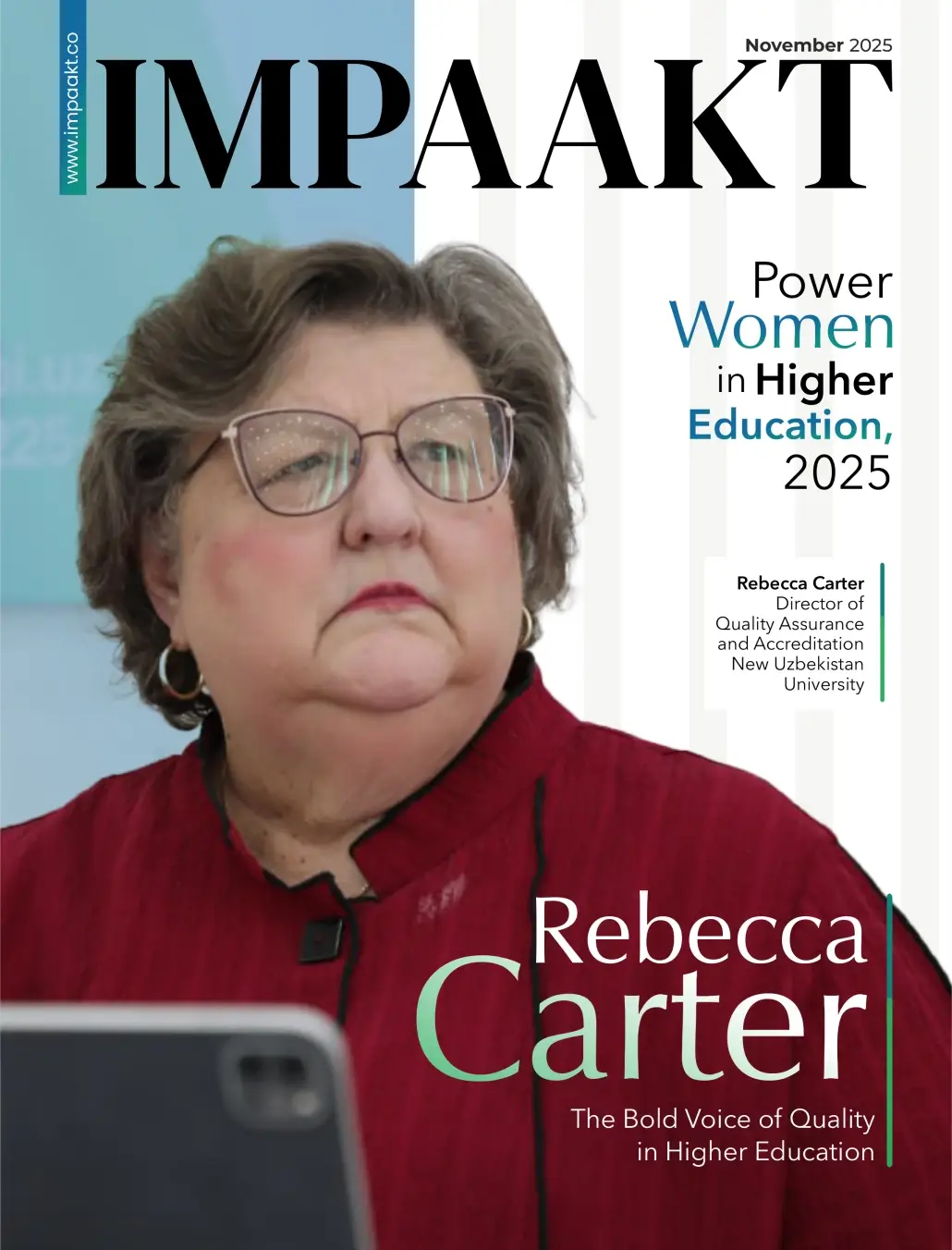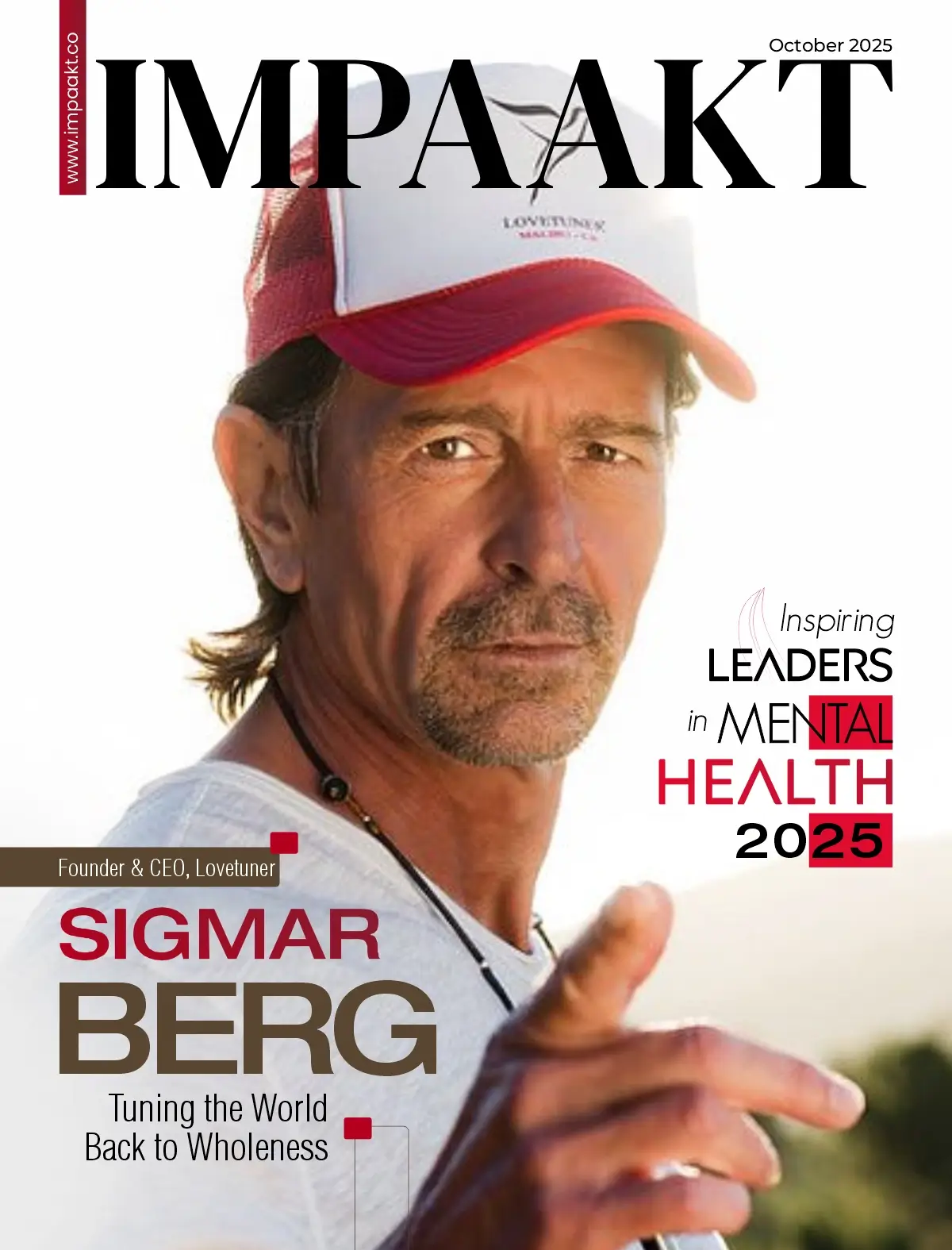Have you ever wondered how some blogs manage to captivate readers, providing valuable insights and knowledge that keep them coming back for more? If your answer is yes, then stick with us because we’re about to uncover some tips on effective blog writing.
Writing in general is not just about conveying information, it’s an art that requires a unique blend of expertise and creativity but the intent becomes much stronger when it comes to writing for educational blogs. So, whether you’re an educator, a subject matter expert, or simply passionate about sharing your knowledge, this article is your guide to crafting compelling content that engages, educates, and leaves a lasting impact.
Understand Your Target Audience
Understanding your target audience is a fundamental aspect of effective content creation. It allows you to create content that is not only engaging but also genuinely helpful and informative for the people you aim to reach, ultimately making your educational blog more successful and impactful. Here’s how you can do it:
Identifying Your Target Readers
This step involves defining and pinpointing the specific group of people you want to reach with your educational blog. It may include students, teachers, parents, professionals, or any other demographic. Identifying your target readers helps you gain a clear understanding of who your audience is and their characteristics, such as age, interests, educational background, or profession.
Analyzing Their Needs and Preferences
After identifying your target readers, it’s essential to delve deeper into their needs and preferences. What are the challenges they face in their educational journey or profession? What topics are they most interested in? By analyzing these aspects, you can determine the type of content that will resonate with your audience and provide value to them. It’s about understanding what your readers are seeking from your blog.
Tailoring Your Content to Meet Their Requirements
Once you’ve gained insight into your target audience’s needs and preferences, the next step is to adapt your content to cater to those specific requirements. This might involve selecting topics that address their challenges, using a tone and style that resonates with them, and presenting information in a way that is easy for them to understand and apply. Tailoring your content to meet your audience’s requirements is a key strategy for ensuring that your educational blog remains relevant and valuable to your readers.
Selecting Relevant Topics
Selecting relevant topics plays an important role in choosing subject matter that aligns with both current trends and the specific interests and needs of your target audience. Here’s how you can do it:
Researching Trending Educational Topics
This step involves staying informed about the current trends and hot topics in the field of education. It could be the latest teaching methodologies, educational technology, or important developments in specific subjects or disciplines. Researching trending educational topics ensures that your content remains fresh, up-to-date, and relevant to your readers. It demonstrates your commitment to delivering timely information.
Choosing Subjects That Resonate With Your Audience
While it’s important to keep up with educational trends, it’s equally essential to align your content choices with your target audience’s interests. You need to identify topics that resonate with them on a personal or professional level. For example, if you’re writing for educators, addressing classroom management strategies or techniques for improving student engagement might be more appealing. On the other hand, if your audience is students, you might focus on study tips or career advice.
Narrowing Down Your Focus for Depth and Specificity
Rather than trying to cover broad and generic educational topics, it’s often more effective to narrow down your focus and provide in-depth, specialized content. Specialization can help you stand out in the crowded educational blogging space, positioning you as an expert in a particular niche. This could be a specific subject, grade level, teaching method, or aspect of the education system.
Research and Data Gathering
Research and data gathering underscores the importance of being well-informed and accurate in your educational blog content. Follow the steps mentioned below to write well-informed blogs.
Conducting Thorough Research
This part emphasizes the significance of thorough research when creating content for educational blogs. Writers should dive deep into the chosen topic and gather as much relevant information as possible.
This research might involve studying academic papers, textbooks, articles, or any credible sources related to the subject. The goal is to become well-informed and knowledgeable about the topic you’re writing about.
Citing Credible Sources
It’s crucial to use credible sources for your research. Citing authoritative and reputable references not only adds credibility to your content but also shows your commitment to accuracy and integrity.
Credible sources could include peer-reviewed journals, government publications, established educational institutions, or recognized experts in the field.
Incorporating Statistical Data and Expert Opinions
To make your content more persuasive and informative, consider incorporating statistical data and expert opinions. These elements add depth and authority to your writing.
Data can be presented in the form of graphs, charts, or relevant statistics, while expert opinions can be quoted or paraphrased to provide additional insights.
Planning Your Content
Planning your content stresses the importance of preparation in creating effective educational blog posts. Here’s how you can do it:
Outlining Your Blog Post
Planning your content begins with creating a structured outline for your blog post. An outline serves as a roadmap for your writing, helping you organize your thoughts and ideas logically.
It can be as simple as bullet points or a more detailed hierarchical structure. The goal is to have a clear framework that guides the flow of your content.
Organizing Your Ideas Logically
Logical organization is crucial for reader comprehension. Your content should have a clear, logical flow that takes readers through the topic from introduction to conclusion.
You might arrange your content chronologically, by importance, or in a problem-solution format, depending on the subject matter.
Crafting a Compelling Headline and Introduction
The headline and introduction are your blog post’s first impression on readers. Crafting a compelling headline that captures attention and an introduction that piques curiosity is essential.
The headline should be both informative and engaging, while the introduction should provide a sneak peek of what readers can expect from the rest of the content.
Writing Style and Tone
Writing style and tone highlights the importance of crafting content that is both informative and reader-friendly. The right tone and style make educational material more approachable, ensuring that readers stay engaged and find your content easy to comprehend and connect with.
Adopting a Conversational Yet Informative Tone
In educational blogging, it’s essential to strike a balance between being informative and approachable. You want to create a friendly, conversational tone that makes readers feel comfortable and engaged.
Avoid overly formal or technical language that may alienate or confuse your audience. Instead, aim for a style that feels like a conversation with a knowledgeable friend.
Avoiding Jargon and Complex Language
While expertise is important, it’s equally crucial to avoid using excessive jargon or overly complex language. Your goal is to make educational content accessible and understandable to a wide range of readers.
If you do need to use technical terms, provide clear explanations or definitions to ensure that your content remains reader-friendly.
Injecting Personality Into Your Writing
Your writing should reflect your unique voice and personality. Personal touches, anecdotes, or relatable examples can make your content more engaging and relatable.
However, remember to maintain professionalism and focus on the educational value of your content while injecting your personality.
Crafting Engaging and Readable Content
Crafting engaging and readable content emphasizes the use of formatting and visual aids to make your educational blog posts more accessible and engaging.
Using Subheadings, Bullet Points, and Lists
To enhance the readability and user-friendliness of your educational blog, you should break up your content using subheadings, bullet points, and lists. These elements help readers quickly scan and digest information.
Subheadings also create a clear structure in your content, guiding readers through the main points and sections.
Keeping Paragraphs Concise
Long, dense paragraphs can be intimidating and challenging for readers. It’s essential to keep your paragraphs concise, ideally no more than a few sentences.
Short paragraphs make your content visually appealing and easier to read, which is especially important in an online environment.
Utilizing Visuals Like Images, Charts, and Infographics
Incorporating visuals can significantly enhance the engagement and comprehension of your content. Images, charts, and infographics can illustrate complex concepts, provide context, and break up the text.
Visual elements are especially valuable when you’re explaining processes, showcasing data, or making comparisons.
Originality and Plagiarism
Originality and plagiarism underscores the importance of maintaining integrity and providing unique content in your educational blogs.
Avoiding Plagiarism at All Costs
Plagiarism is a serious offense in the world of writing and blogging. It involves using someone else’s work, ideas, or words without proper attribution or permission.
To maintain your credibility and integrity as an educational blogger, it’s crucial to avoid plagiarism entirely. Always give credit to the original sources when using their ideas or words in your content.
Properly Citing and Referencing Sources
When you include information, data, or ideas from external sources in your educational blog, it’s vital to provide proper citations and references.
Citing sources not only gives credit to the original authors but also allows your readers to verify the information and explore the topic further on their own.
Offering Unique Insights and Perspectives
Originality in educational blogging goes beyond avoiding plagiarism. It involves providing your unique insights, perspectives, and value-added content.
Readers are often looking for fresh, innovative takes on educational topics. By offering your viewpoint, personal experiences, or novel approaches, you can distinguish your content from others in the field.
Proofreading and Editing
Proofreading and editing highlights the importance of meticulous review and refinement of your content to ensure that it is free of errors, maintains clarity and coherence, and offers a smooth and enjoyable reading experience. This step is critical to present your educational blog posts in their best possible form and to make a positive impression on your readers.
Checking for Grammar and Spelling Errors
Proofreading and editing begin with a meticulous review of your content to identify and correct grammar and spelling errors. These mistakes can undermine the professionalism and credibility of your educational blog.
Tools like grammar checkers and spell check can be helpful, but manual proofreading is also essential to catch nuanced errors.
Editing for Clarity and Coherence
Beyond simple errors, editing involves refining the overall clarity and coherence of your content. This means ensuring that your ideas flow logically and that your writing is easy to understand.
Pay attention to sentence structure, paragraph transitions, and the overall organization of your blog post to make it more reader-friendly.
Ensuring a Smooth Reading Experience
Your goal as an educational blogger is to provide your readers with a smooth, enjoyable reading experience. This involves making sure that your content is not only free of errors but also engaging and easy to follow.
Consider factors like sentence length, tone consistency, and the use of appropriate headings and formatting to enhance the reading experience.
Incorporating SEO Strategies
Incorporating SEO strategies is about optimizing your educational blog posts for search engines. Here’s how you can SEO optimize your blogs:
Understanding the Basics of SEO
Search Engine Optimization (SEO) is a set of strategies and techniques aimed at improving the visibility of your blog posts on search engines like Google. Understanding the basics of SEO is crucial for increasing your blog’s reach.
This involves knowledge of keywords, meta tags, and search engine algorithms.
Keyword Research and Optimization
Effective SEO starts with comprehensive keyword research. You need to identify relevant keywords and phrases that people are likely to use when searching for educational content.
Once you’ve identified these keywords, you can strategically incorporate them into your blog post’s title, headings, and content to improve your chances of ranking higher in search results.
Using Meta Descriptions and Alt Text
Meta descriptions are brief, informative summaries of your blog posts that appear in search results. Crafting compelling meta descriptions can increase click-through rates.
Alt text is used to describe images in your content. This is not only good for accessibility but can also improve your blog’s search engine ranking by providing context for images.
Summing Up
As you embark on your blogging adventure, keep in mind that every blog post you publish has the potential to make a positive impact on someone’s educational journey. So, write with purpose, share your knowledge, and watch your educational blog flourish while leaving an enduring mark on the world of learning and discovery. Happy blogging!
Start crafting impactful educational blogs with IMPAAKT today!

 Trishika Rokade, Writer and Content Strategist
Trishika Rokade, Writer and Content Strategist






